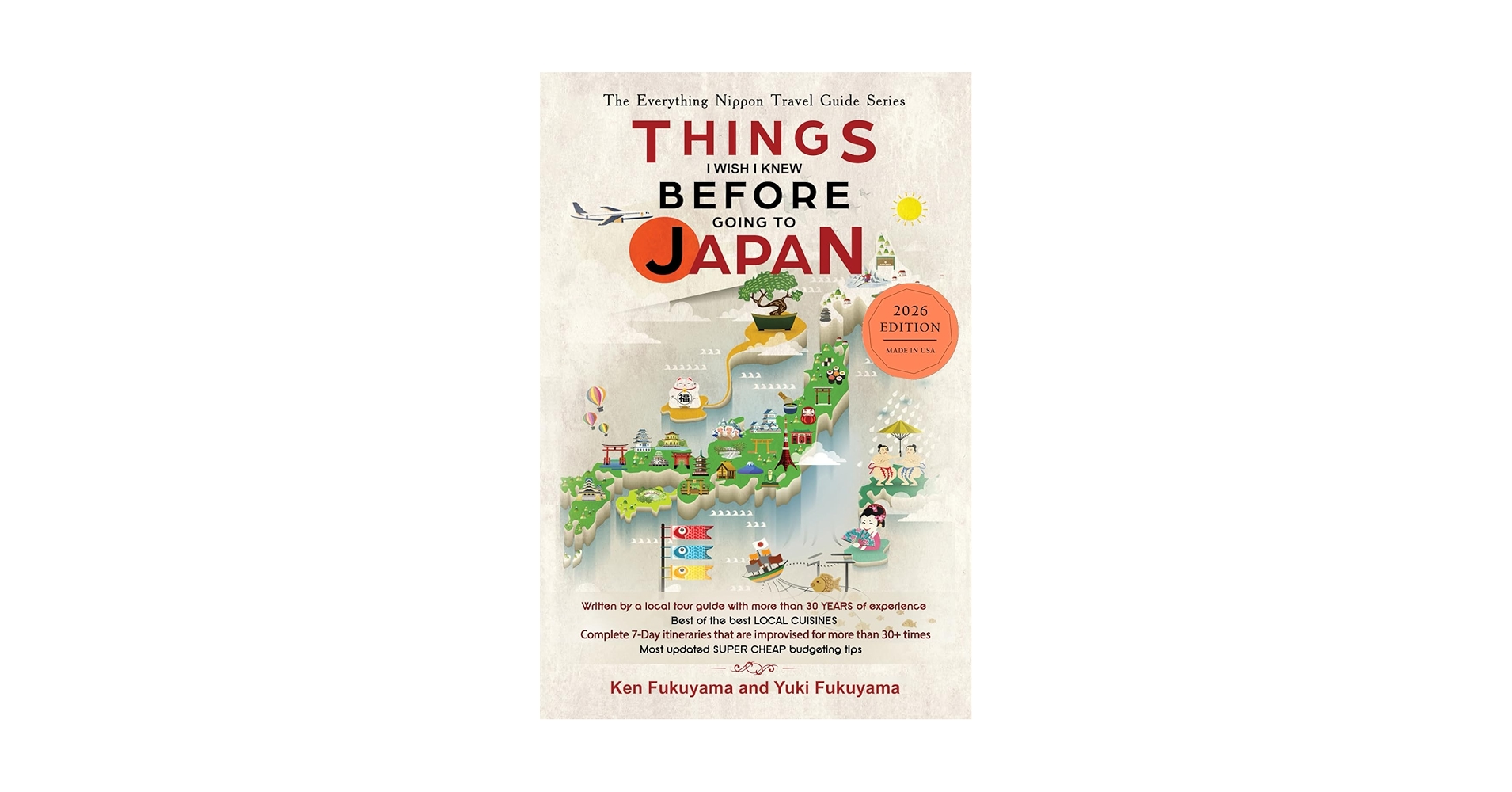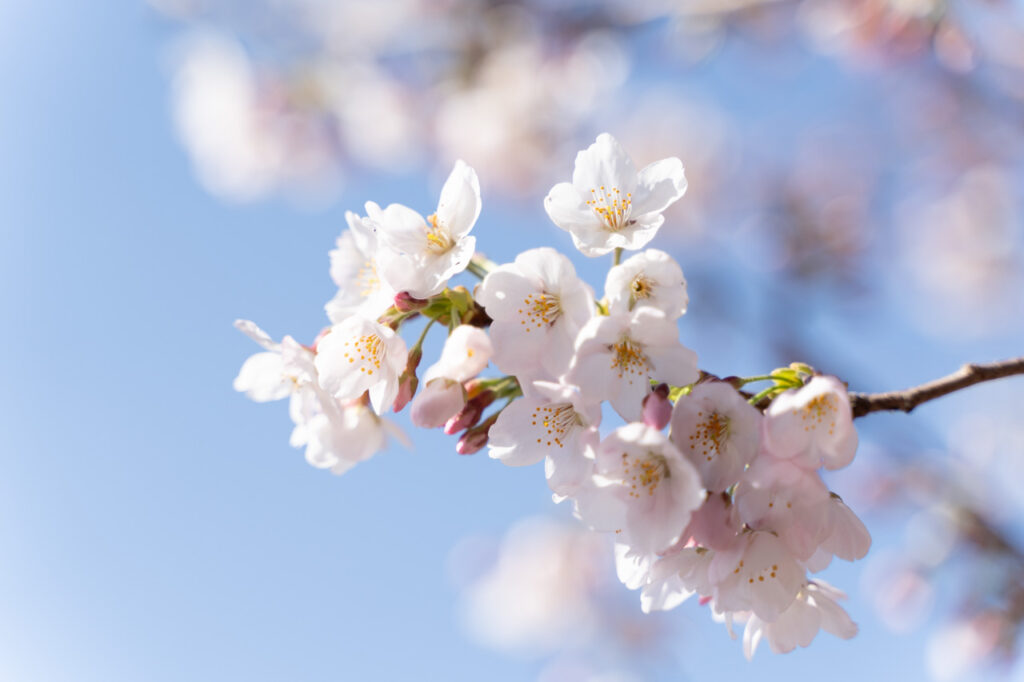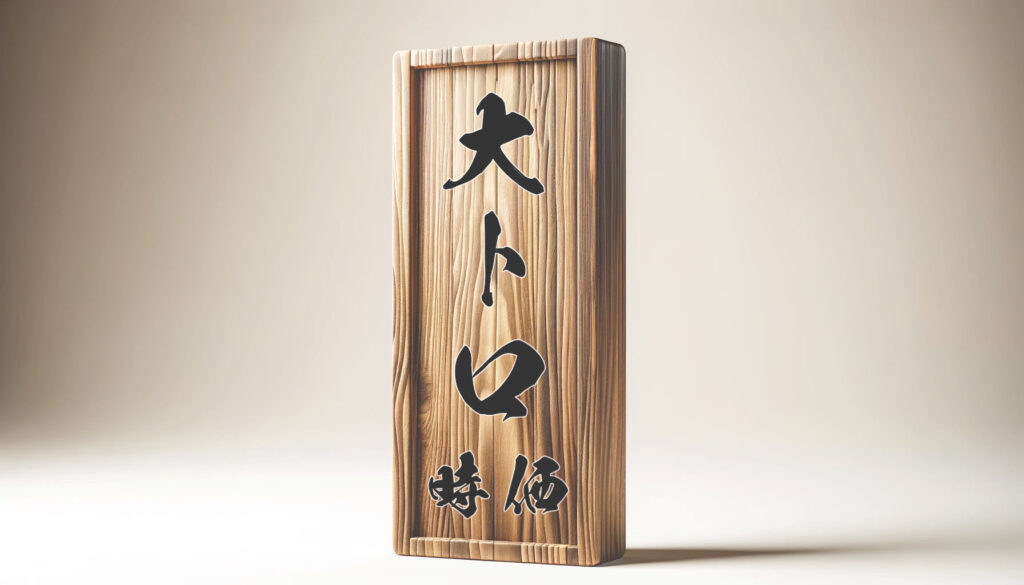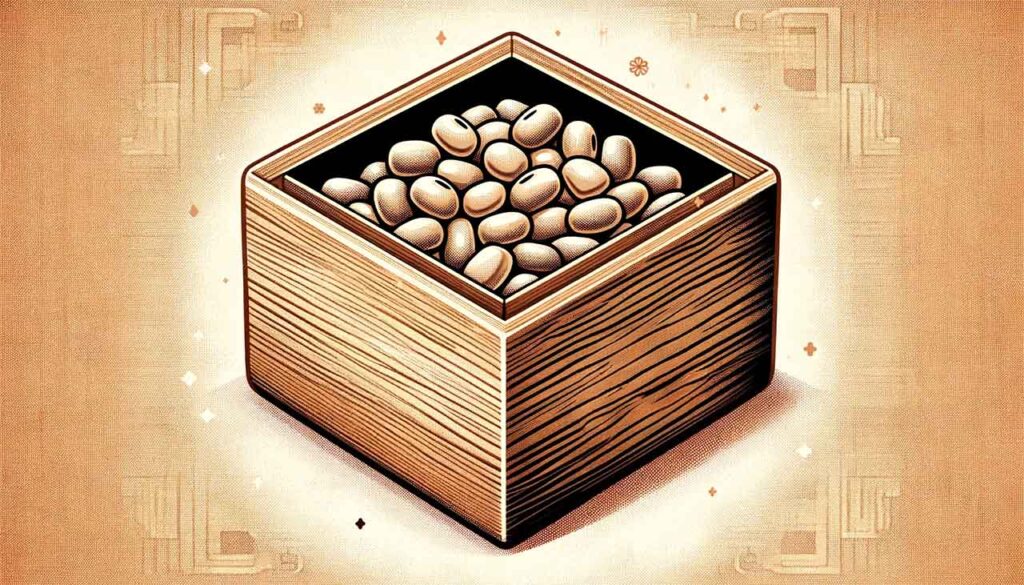In Japan, the seasons are deeply celebrated, not just in festivals but even in the winds that signal change. Haru Ichiban—meaning “the first spring wind”—is one such treasured phenomenon. Let’s explore the meaning, history, and cultural significance of Haru Ichiban as a symbol of new beginnings.
What Is Haru Ichiban?
Haru Ichiban refers to the first strong south or southwesterly wind that blows across Japan’s Pacific coast between Risshun (around February 4) and Shunbun (around March 20).
This wind symbolizes the transition from the cold, dormant days of winter to the warmer, awakening season of spring.
Though a meteorological event, Haru Ichiban carries emotional and poetic significance in Japan, marking a time when nature begins to stir back to life.
Origins and History of the Term
The precise origins of the term Haru Ichiban are unclear. However, it likely emerged in the late 19th to early 20th century, when systematic weather observation began in Japan.
“Ichiban” means “first” or “number one,” aptly describing the first strong southerly wind that heralds the change in seasons.
Over time, Haru Ichiban became more than just a weather term—it became a cultural marker for the arrival of spring.
Characteristics of Haru Ichiban
| Aspect | Description |
|---|---|
| Timing | Between Risshun and Shunbun |
| Wind Direction | South or southwest |
| Strength | Often strong, sometimes reaching gale force |
| Temperature Effect | Sudden rise in temperature |
| Impact on Nature | Promotes snowmelt and the budding of plants |
| Weather Conditions | Typically associated with the passing of low-pressure systems |
When Haru Ichiban blows, you can often feel a noticeable shift in the air—both literally and emotionally—as the grip of winter begins to loosen.
Past Observations of Haru Ichiban (Kanto Region)
| Year | Observation Date |
|---|---|
| 2023 | March 1 |
| 2022 | March 5 |
| 2021 | February 4 |
| 2020 | February 22 |
| 2019 | March 9 |
| 2018 | March 1 |
| 2017 | February 17 |
| 2016 | February 14 |
| 2015 | Not observed |
| 2014 | March 18 |
| 2013 | March 1 |
The timing varies from year to year, depending on broader weather patterns.
Is There a “Second Spring Wind”?
Interestingly, while Haru Ichiban celebrates the first strong spring wind, there is no widely recognized term like “Haru Niban” (“second spring wind”).
Subsequent strong southerly winds after Haru Ichiban are simply referred to as strong or warm winds, without the symbolic weight carried by the first.
Conclusion
Haru Ichiban is much more than a meteorological event; it is a cherished symbol of renewal and hope.
Its arrival signals not just a change in the weather but a reawakening of life in Japan’s landscapes—and in people’s hearts.
Celebrated in poetry, literature, and everyday conversation, Haru Ichiban invites us to welcome the arrival of spring with joy and optimism.
As we await the first warm gusts of the season, we’re reminded of the enduring beauty of nature’s cycles—and of new beginnings.



